2020 February 19

2020 February 19
UGC 12591: The Fastest Rotating Galaxy Known Image Credit: NASA, ESA, Hubble; Processing & Copyright: Leo Shatz
Explanation: Why does this galaxy spin so fast? To start, even identifying which type of galaxy UGC 12591 is difficult – featured on the lower left, it has dark dust lanes like a spiral galaxy but a large diffuse bulge of stars like a lenticular. Surprisingly observations show that UGC 12591 spins at about 480 km/sec, almost twice as fast as our Milky Way, and the fastest rotation rate yet measured. The mass needed to hold together a galaxy spinning this fast is several times the mass of our Milky Way Galaxy. Progenitor scenarios for UGC 12591 include slow growth by accreting ambient matter, or rapid growth through a recent galaxy collision or collisions – future observations may tell. The light we see today from UGC 12591 left about 400 million years ago, when trees were first developing on Earth.
∞ Source: apod.nasa.gov/apod/ap200219.html
More Posts from Matthewjopdyke and Others










Ask Ethan: How Does Very-Long-Baseline Interferometry Allow Us To Image A Black Hole?
“[The Event Horizon Telescope] uses VLBI. So what is interferometry and how was it employed by [the Event Horizon Telescope]? Seems like it was a key ingredient in producing the image of M87 but I have no idea how or why. Care to elucidate?”
If it were easy to network radio telescopes together across the world, we’d have produced an image of a black hole’s event horizon long ago. Well, it’s not easy at all, but it is at least possible! The technique that enabled it is known as VLBI: very-long-baseline interferometry. But there are some critical steps that aren’t very obvious that need to happen in order for this method to succeed. Remarkably, we learned how to do it and have successfully employed it, and the Event Horizon Telescope marks the first time we’ve ever been able to get an image with a telescope that’s effectively the size of planet Earth!
Come get the incredible science behind how the technique of VLBI enabled the Event Horizon Telescope to construct the first-ever image of a black hole’s event horizon!
When Dead Stars Collide!
Gravity has been making waves - literally. Earlier this month, the Nobel Prize in Physics was awarded for the first direct detection of gravitational waves two years ago. But astronomers just announced another huge advance in the field of gravitational waves - for the first time, we’ve observed light and gravitational waves from the same source.

There was a pair of orbiting neutron stars in a galaxy (called NGC 4993). Neutron stars are the crushed leftover cores of massive stars (stars more than 8 times the mass of our sun) that long ago exploded as supernovas. There are many such pairs of binaries in this galaxy, and in all the galaxies we can see, but something special was about to happen to this particular pair.

Each time these neutron stars orbited, they would lose a teeny bit of gravitational energy to gravitational waves. Gravitational waves are disturbances in space-time - the very fabric of the universe - that travel at the speed of light. The waves are emitted by any mass that is changing speed or direction, like this pair of orbiting neutron stars. However, the gravitational waves are very faint unless the neutron stars are very close and orbiting around each other very fast.

As luck would have it, the teeny energy loss caused the two neutron stars to get a teeny bit closer to each other and orbit a teeny bit faster. After hundreds of millions of years, all those teeny bits added up, and the neutron stars were *very* close. So close that … BOOM! … they collided. And we witnessed it on Earth on August 17, 2017.

Credit: National Science Foundation/LIGO/Sonoma State University/A. Simonnet
A couple of very cool things happened in that collision - and we expect they happen in all such neutron star collisions. Just before the neutron stars collided, the gravitational waves were strong enough and at just the right frequency that the National Science Foundation (NSF)’s Laser Interferometer Gravitational-Wave Observatory (LIGO) and European Gravitational Observatory’s Virgo could detect them. Just after the collision, those waves quickly faded out because there are no longer two things orbiting around each other!
LIGO is a ground-based detector waiting for gravitational waves to pass through its facilities on Earth. When it is active, it can detect them from almost anywhere in space.

The other thing that happened was what we call a gamma-ray burst. When they get very close, the neutron stars break apart and create a spectacular, but short, explosion. For a couple of seconds, our Fermi Gamma-ray Telescope saw gamma-rays from that explosion. Fermi’s Gamma-ray Burst Monitor is one of our eyes on the sky, looking out for such bursts of gamma-rays that scientists want to catch as soon as they’re happening.
And those gamma-rays came just 1.7 seconds after the gravitational wave signal. The galaxy this occurred in is 130 million light-years away, so the light and gravitational waves were traveling for 130 million years before we detected them.

After that initial burst of gamma-rays, the debris from the explosion continued to glow, fading as it expanded outward. Our Swift, Hubble, Chandra and Spitzer telescopes, along with a number of ground-based observers, were poised to look at this afterglow from the explosion in ultraviolet, optical, X-ray and infrared light. Such coordination between satellites is something that we’ve been doing with our international partners for decades, so we catch events like this one as quickly as possible and in as many wavelengths as possible.

Astronomers have thought that neutron star mergers were the cause of one type of gamma-ray burst - a short gamma-ray burst, like the one they observed on August 17. It wasn’t until we could combine the data from our satellites with the information from LIGO/Virgo that we could confirm this directly.

This event begins a new chapter in astronomy. For centuries, light was the only way we could learn about our universe. Now, we’ve opened up a whole new window into the study of neutron stars and black holes. This means we can see things we could not detect before.

The first LIGO detection was of a pair of merging black holes. Mergers like that may be happening as often as once a month across the universe, but they do not produce much light because there’s little to nothing left around the black hole to emit light. In that case, gravitational waves were the only way to detect the merger.

Image Credit: LIGO/Caltech/MIT/Sonoma State (Aurore Simonnet)
The neutron star merger, though, has plenty of material to emit light. By combining different kinds of light with gravitational waves, we are learning how matter behaves in the most extreme environments. We are learning more about how the gravitational wave information fits with what we already know from light - and in the process we’re solving some long-standing mysteries!
Want to know more? Get more information HERE.
Make sure to follow us on Tumblr for your regular dose of space: http://nasa.tumblr.com

Must watch: ATB Future Memories (YouTube) https://youtu.be/QpLrjifXT1w https://www.instagram.com/p/BsPJ-vfH-Jr/?utm_source=ig_tumblr_share&igshid=zd40u6v4m410
Pathway to the Stars: Part 11, A New Day
"If we can love ourselves, we can then truly understand what it means to love others and be kind. There is potential that lies within you and everyone else. It is a potential that has always been meant to exist, to bring something greater to this reality of life."
~ Sky Taylor
This story is the eleventh of the Pathway to the Stars space opera series. Sky journeys with Erin Carter and Joanne Gallant, who are now Pathway's president and vice president. On their adventure, she shows them ways to heal the Earth as well as ourselves so we can promote a healthier form of longevity.
To Sky, there is much we can do to prevent future disasters, but sometimes solutions can involve something as simple as a nice walk. In this case, unfortunately, to help Joanne figure out a mystery weighing upon her.
Meanwhile, Eliza Williams and Yesha Alevtina work for the success of the Universal Party with efforts that will affect the United States, the World, and the mission to span the Cosmos!
LCCN: 2019919255
ISBN: 978-1-951321-15-4
eBook: https://smile.amazon.com/dp/B081XNYSL4
Paperback: https://smile.amazon.com/dp/1951321154
#ScienceFiction #Scifi #SpaceOpera #Fantasy #Author #MatthewJOpdyke #EarthFirst #Preservation #ConsiderationForAllLiving #Biology #Neuroscience #Biotechnology #AI #HBCI

I have really enjoyed my journey on becoming a #newly established #scifiauthor focusing on the #spaceopera genre. I enjoy my fan base and newly created friends and acquaintances. The universe awaits us all and I thank you for your support. V/r, @matthewopdyke #theoreticalphysics #physics #biotechnology #neuroscience #nanotechnology #spacetravel https://www.instagram.com/p/BuKIV3JggkU/?utm_source=ig_tumblr_share&igshid=959w55tkryri









The 4 Scientific Lessons Stephen Hawking Never Learned
“His work, his life, and his scientific contributions made him an inspiration to millions across the world, including to me. But the combination of his achievements and his affliction with ALS — combined with his meteoric fame — often made him immune to justified criticism. As a result, he spent decades making false, outdated, or misleading claims to the general population that permanently harmed the public understanding of science. He claimed to have solutions to problems that fell apart on a cursory glance; he proclaimed doomsday for humanity repeatedly with no evidence to back such claims up; he ignored the good work done by others in his own field. Despite his incredible successes in a number of arenas, there are some major scientific lessons he never learned. Here’s your chance to learn them now.”
Hawking’s contribution to physics, from the existence and meaning of singularities to properties of a black hole’s event horizon, entropy, temperature, and the radiation they generate were remarkable in the 1960s and 1970s. His popularizations of science were groundbreaking, too, exposing a general audience to a wide variety of wild and speculative ideas, igniting an interest in theoretical astrophysics in the minds of millions around the world. But as brilliant as Hawking was, there were a number of lessons about science and humanity that he never learned for himself, from the Big Bang and black holes to lessons about communicating speculative or unproven information as though they were facts. We have a tendency, when we turn people into heroes, to lionize their achievements and ignore their failings, but to do so cheats humanity out of recognizing all the facets of a complicated character.
Come learn, for yourself, the 4 scientific ideas that Stephen Hawking never managed to learn and incorporate while he was still alive.

Merry Christmas! I spent time with my dear and sweet Kim. Let's go #furtherthanbefore with our #pathwaytothestars where get to explore solutions to worldwide issues, directing malcontent toward a refocus of their energies to #longevity and other sciences of #physics #biotechnology and #neuroscience through entertainment that takes us on a #scifi #fantasy journey with #strongfemaleleads #strongmalerolemodels and a beautiful #spaceopera with plenty of #politicalsciencefiction in the mix. (at Gene Leahy Mall) https://www.instagram.com/p/BrUuZFvgda1/?utm_source=ig_tumblr_share&igshid=s26phhseo3jb

Thank you for your endless curiosity Dr. Hawking.
This Amazon/Author Hardcover Giveaway of A Cosmic Legacy: From Earth to the Stars is a compilation of all my publications contained within one text and part of a continuing story. Race to win, or simply buy it, and make this grand literary opus the favorite item in your library, next to your reading corner, on your nightstand, or in your living room, as you settle and read while the days go by.
Enjoy the story of several heroes who do as much as they can to heal the Earth, provide healing to those suffering most, and help humanity get out and into the Cosmos!
The Library of Congress Control Number (LCCN) is 2019911854, and the International Standard Book Number (ISBN) is 978-1-7333131-2-4, which is available on Amazon, Barnes & Noble and other stores online. Conduct a keyword search for the author, Matthew J Opdyke.
Hashtags #SpaceOpera #ScienceFiction #SciFi #Fantasy #Cerebral #Sophisticated #Books #eBooks #MatthewJOpdyke #mjopublications #physics #astronomy #biotech #neurotech #nanotech #spaceexploration #wellbeing #EarthFirst #physiology #neurology #longevity #CRISPR #sociopoliticalscifi #forEveryone

Pretty nice representation of Earth on through to the observable universe

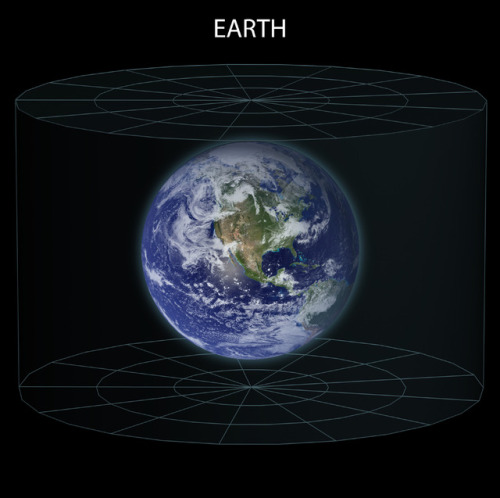
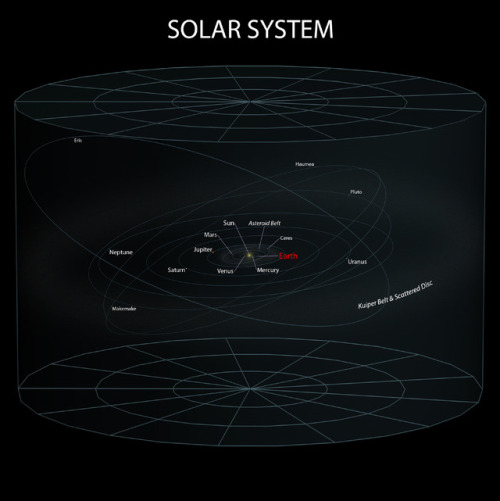
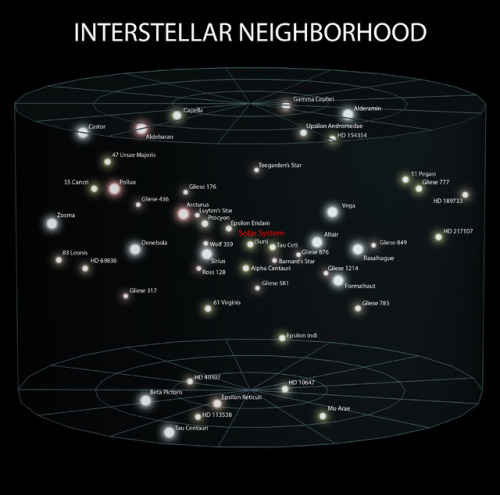
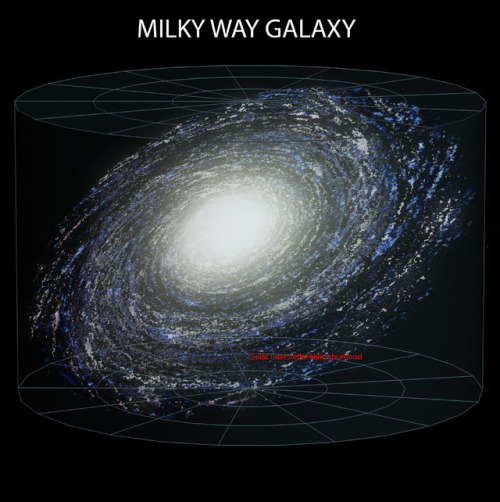
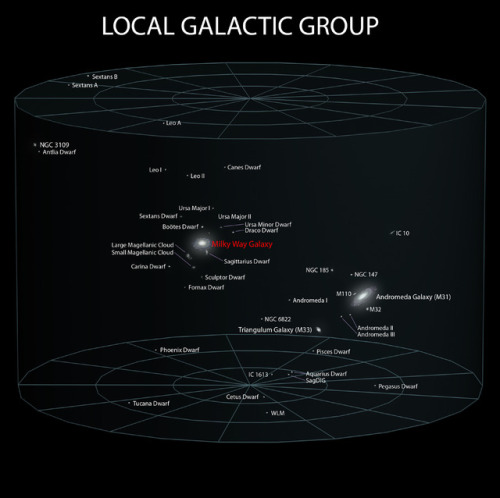
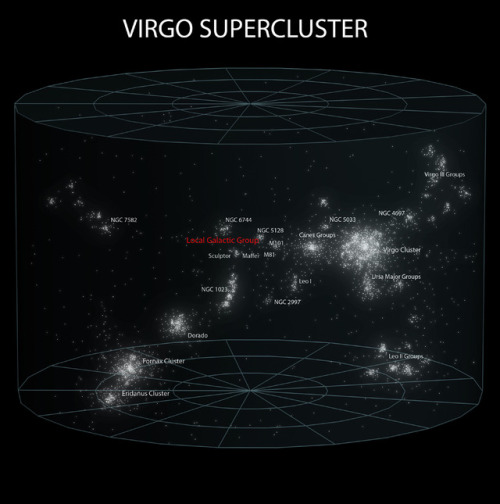
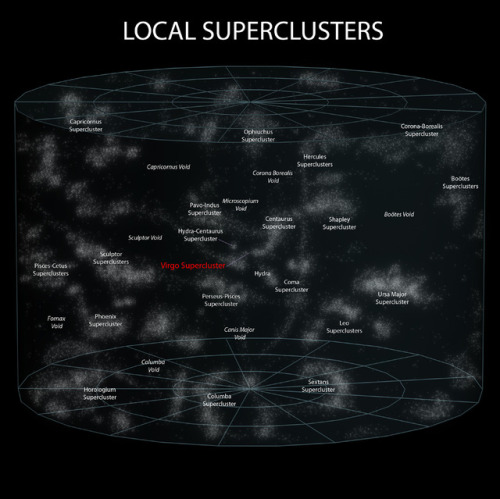
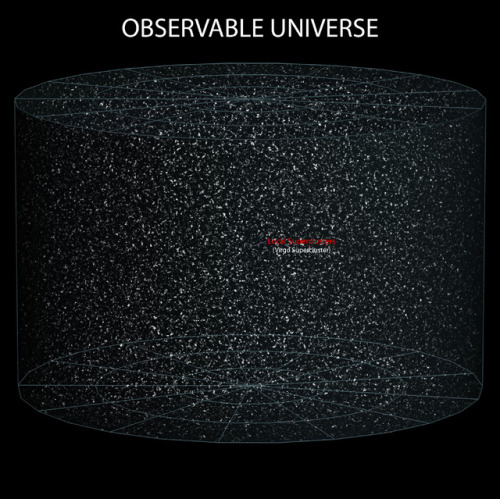
~ wikimedia commons
-
 wachsurfer2018 liked this · 5 years ago
wachsurfer2018 liked this · 5 years ago -
 goodupholstery liked this · 5 years ago
goodupholstery liked this · 5 years ago -
 bluestaratsunrise reblogged this · 5 years ago
bluestaratsunrise reblogged this · 5 years ago -
 bluestaratsunrise liked this · 5 years ago
bluestaratsunrise liked this · 5 years ago -
 nevermindme2018 liked this · 5 years ago
nevermindme2018 liked this · 5 years ago -
 almosttimelord liked this · 5 years ago
almosttimelord liked this · 5 years ago -
 a-blog-of-void liked this · 5 years ago
a-blog-of-void liked this · 5 years ago -
 leonorthoughts liked this · 5 years ago
leonorthoughts liked this · 5 years ago -
 immano liked this · 5 years ago
immano liked this · 5 years ago -
 the-library-alcove reblogged this · 5 years ago
the-library-alcove reblogged this · 5 years ago -
 thomasbrisenio reblogged this · 5 years ago
thomasbrisenio reblogged this · 5 years ago -
 rubynye liked this · 5 years ago
rubynye liked this · 5 years ago -
 lucidragon reblogged this · 5 years ago
lucidragon reblogged this · 5 years ago -
 nerdaltfolk liked this · 5 years ago
nerdaltfolk liked this · 5 years ago -
 thirdman000 reblogged this · 5 years ago
thirdman000 reblogged this · 5 years ago -
 wherda-cat reblogged this · 5 years ago
wherda-cat reblogged this · 5 years ago -
 entirely-of-flaws liked this · 5 years ago
entirely-of-flaws liked this · 5 years ago -
 lifeofhancomic liked this · 5 years ago
lifeofhancomic liked this · 5 years ago -
 thedemiurge26 liked this · 5 years ago
thedemiurge26 liked this · 5 years ago -
 dabb444 liked this · 5 years ago
dabb444 liked this · 5 years ago -
 ecsarts42 liked this · 5 years ago
ecsarts42 liked this · 5 years ago -
 alittleworldlywise liked this · 5 years ago
alittleworldlywise liked this · 5 years ago -
 nablah liked this · 5 years ago
nablah liked this · 5 years ago -
 tens-tensor-tensest reblogged this · 5 years ago
tens-tensor-tensest reblogged this · 5 years ago -
 tens-tensor-tensest liked this · 5 years ago
tens-tensor-tensest liked this · 5 years ago -
 elkiar liked this · 5 years ago
elkiar liked this · 5 years ago -
 the-telescope-times liked this · 5 years ago
the-telescope-times liked this · 5 years ago -
 matthewjopdyke reblogged this · 5 years ago
matthewjopdyke reblogged this · 5 years ago -
 matthewjopdyke liked this · 5 years ago
matthewjopdyke liked this · 5 years ago -
 pixelcurious liked this · 5 years ago
pixelcurious liked this · 5 years ago -
 friendlylocalgeek liked this · 5 years ago
friendlylocalgeek liked this · 5 years ago -
 kosmou reblogged this · 5 years ago
kosmou reblogged this · 5 years ago -
 thespiandrummer liked this · 5 years ago
thespiandrummer liked this · 5 years ago -
 amarac007-blog liked this · 5 years ago
amarac007-blog liked this · 5 years ago -
 spacetimewithstuartgary reblogged this · 5 years ago
spacetimewithstuartgary reblogged this · 5 years ago -
 aubriestar liked this · 5 years ago
aubriestar liked this · 5 years ago -
 athelind reblogged this · 5 years ago
athelind reblogged this · 5 years ago -
 athelind liked this · 5 years ago
athelind liked this · 5 years ago -
 avi0112 liked this · 5 years ago
avi0112 liked this · 5 years ago -
 justwow42 reblogged this · 5 years ago
justwow42 reblogged this · 5 years ago -
 theclaw66 liked this · 5 years ago
theclaw66 liked this · 5 years ago -
 caillte-sa-spas liked this · 5 years ago
caillte-sa-spas liked this · 5 years ago -
 ht7329 reblogged this · 5 years ago
ht7329 reblogged this · 5 years ago -
 ht7329 liked this · 5 years ago
ht7329 liked this · 5 years ago -
 christop45 liked this · 5 years ago
christop45 liked this · 5 years ago
